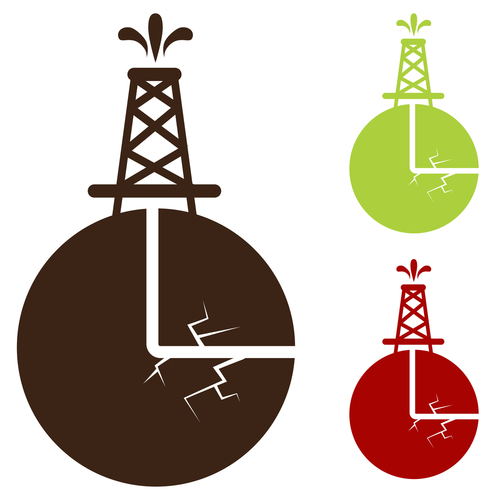Hydraulic Fracturing and Hydrocarbon Recovery—A Profitable Option
 |
As millions of natural gas wells are developed using hydraulic fracturing methods, the resulting wastes in the form of flowback and produced waters contain a variety of man-made and naturally occurring components that must be managed safely. According to a recent white paper, one of these components, hydrocarbons, represents an opportunity for both sustainable management and profit. The white paper, titled, Recovering Hydrocarbons from Fracking Wastewater, offers a look at the practice and value of hydrocarbon recovery using oil skimming technology.
Depending on the many variables associated with shale plays and geologic formations such as “the differences in porosity and permeability of each hydrocarbon reservoir, ‘dispersed oil’ may emerge with the hydraulic fracturing wastewater.” Or it may not emerge at all. The white paper cites an interview with an Ohio-based permanent disposal facility that revealed wastewater containing hydrocarbons “is currently found more often in the southern half of the state than the northern half.” Moreover, even though the amount of dispersed oil generally present in hydraulic fracturing wastewaters is “relatively small” it still represents a potential source of revenue.
Organizations treating and disposing hydraulic fracturing wastewater generate new revenue and improve operations with cost-effective, reliable oil skimming technology. Click here to learn more by downloading this complimentary whitepaper on fracking wastewater!
At present, the white paper notes there are three regulated management options available for hydraulic fracturing wastewater:
1. Permanent disposal in underground injection wells;
2. Reuse in hydraulic fracturing operations; and
3. Recycling for alternative reuse such as in irrigation, or road dust control and/or deicing.
In each of these management scenarios, hydraulic fracturing wastewater that contains hydrocarbons can be considered for hydrocarbon recovery before disposal or reuse. In particular, according to the paper, more and more companies involved in hydraulic fracturing are realizing that hydrocarbon recovery from wastewater intended for permanent disposal in underground injection wells “can bring sustained improvement to the bottom line.”
Complimentary whitepaper: Recovering Hydrocarbons from Fracking Wastewater– This white paper offers a brief overview of hydraulic fracturing, outlines opportunities for hydrocarbon recovery from hydraulic fracturing wastewater, and examines oil skimming as a beneficial solution for wastewater disposal facilities. Click here to download now!
For example, the paper cites operations in Texas, West Virginia, and Ohio where within just 2 to 3 months, wastewater disposal companies have realized monthly profits of $3,000 to $18,000 through sales of recovered oil. In another case, the paper describes an oil recovery at a West Virginia company with both natural gas wells and a Class II injection disposal well. The company, which also receives trucked-in hydraulic fracturing wastes, stores all wastewater in a holding pond where, before permanent disposal, oil is recovered using a closed-loop, tube-based oil skimmer. In the past, the company had used a more resource-intensive method that required two employees and a vacuum truck. In general, once separated from the wastewater, the recovered oil is sent to a holding tank.
As noted earlier, the prevalence of hydrocarbons in flowback and produced waters can vary considerably across geographic areas, making it difficult to plan for waste management ahead of time. But operators overseeing hydraulic fracturing waste management do have one tool that can help—the U.S. Geological Survey’s (USGS) National Produced Waters Geochemical Database. Updated in April 2014, the database is publically available and has added “more than 100,000 new samples with greater spatial coverage and from both conventional and nonconventional oil and gas development.” The information contained in the database can help industry define water quality in prospective plays and to plan for appropriate recovery, recycling, or disposal operations. The database is made up of 25 smaller databases and is designed to be dynamic so it can be updated and corrected as needed. To access the database and viewer, go to http://energy.usgs.gov/EnvironmentalAspects.
